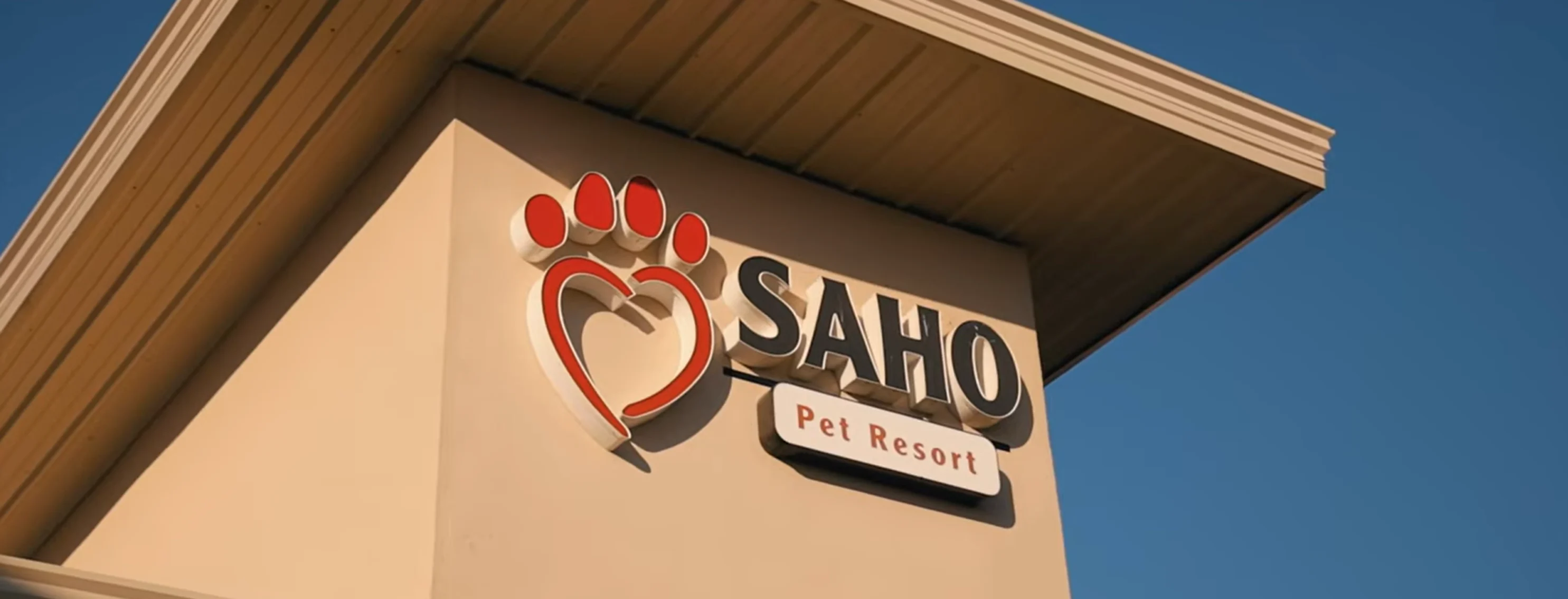SAHO Animal Hospital


Welcome
At SAHO, we treat your pet as if they were our own, providing not only the best possible care but also the most compassionate service. We have invested in state-of-the-art equipment to deliver a wide range of services for our clients and their furry friends. With boarding and daycare, veterinary medicine and surgery, and grooming and training, we have everything our clients need, all in one completely modernized, fully equipped place.




